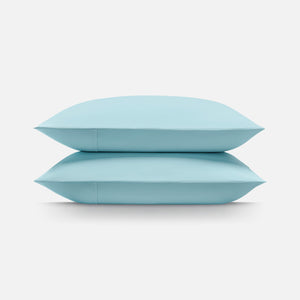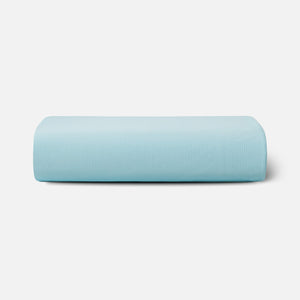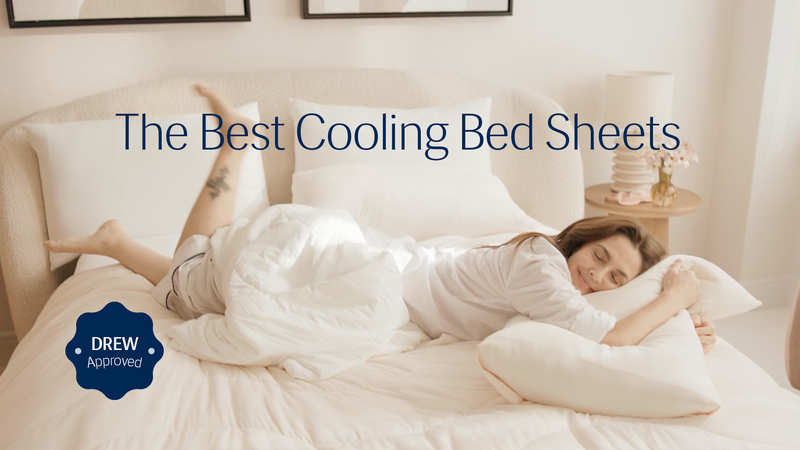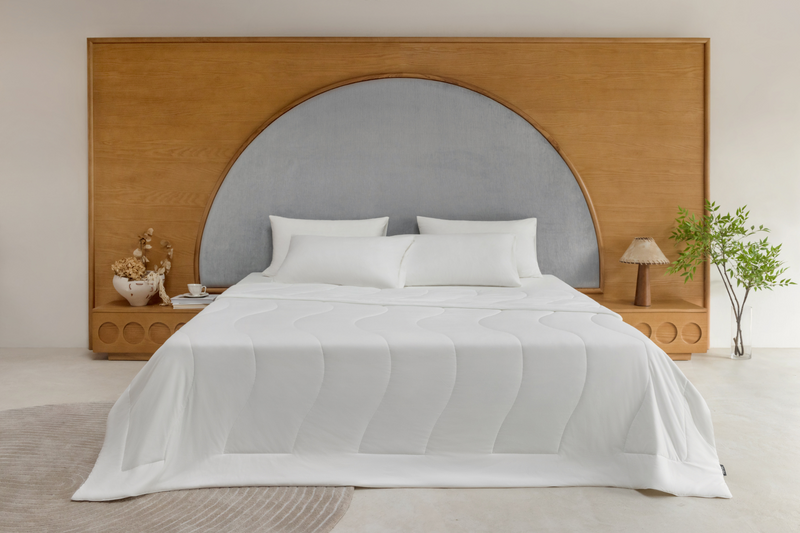Guide to Down: Goose, Duck, Feather, and Down Alternative

Down Explained: Goose, Duck, Feather, and Down Alternative
Down is one of the most versatile and sought-after filling for clothing and bedding, offering exceptional warmth, lightweight comfort, and breathability. Whether you're shopping for a cozy jacket, or a warm duvet, understanding the differences between down types and their ratings can help you make an informed decision. Learn more about the difference between goose vs. duck down, feather down, synthetic alternatives, and the significance of down fill power (number ratings like 600 and 800).
What is Down?
Down is the soft, fluffy layer of insulation located beneath the feathers of ducks and geese. Down clusters are lightweight and airy, making them highly efficient at providing warmth by forming tiny air pockets that trap and retain body heat. This makes down a popular choice for bedding like duvets, as well as in winter jackets and outdoor gear like sleeping bags.
What is Down Loft and Down Fill Power?
Down loft refers to the fluffiness and volume of down clusters. The greater the loft, the more air the down can trap, resulting in better insulation with less weight.
Loft is measured using a metric called fill power, which quantifies the space one ounce of down occupies. A higher fill power indicates larger, fluffier clusters for greater insulation and quality.
Here’s how fill power ratings compare:
- 400-500 Fill Power: Entry-level down suitable for mild climates or lightweight bedding.
- 600-700 Fill Power: Mid-range down offering a good balance of warmth, loft, and affordability. Found in many comforter sets and bedding products.
- 800+ Fill Power: Premium quality down with exceptional loft and warmth-to-weight ratio, ideal for cold climates or in more luxury bedding.

What’s the Difference Between Goose Down vs. Duck Down?
Goose Down
- Warmth: Goose down typically has larger clusters than duck down, allowing it to trap more air and provide better insulation.
- Fill Power: Goose down often boasts higher fill power (e.g., 700-900), making it ideal for premium duvets and comforters.
- Cost: As geese are larger and produce less down, it’s usually more expensive than duck down.
- Durability: Goose down tends to last longer and retain its loft better over time.
Duck Down
- Warmth: While slightly less insulating than goose down, duck down is still an excellent option for moderate climates.
- Fill Power: Duck down usually has fill power ratings between 500 and 700, making it a more affordable yet effective alternative.
- Cost: Duck down is more readily available and less costly than goose down, often found in budget-friendly duvet inserts and comforter sets.
- Odor: Duck down can sometimes have a faint odor, especially if not properly treated.
What is Feather Fill?
Feather fill differs from down in that it comes from the outer plumage of birds, whereas down comes from the undercovering of that plumage. It’s stiffer, less insulating, and often heavier due to the presence of quills. While feather fill is more affordable, it doesn’t provide the same softness or loft as down. Feathers are often combined with down in bedding products to strike a balance between affordability and performance, such as in hybrid or down alternative bedding sets.
Synthetic Down AKA Down Alternative
Synthetic down is a man-made alternative designed to mimic the insulating properties of natural down. Made from polyester fibers, it’s hypoallergenic, cruelty-free, and often less expensive. While it doesn’t match the loft or longevity of natural down, synthetic down excels in areas like:
- Moisture Resistance: It retains warmth when wet, making it ideal for humid climates or outdoor gear.
- Affordability: Often used in duvet comforters or cooling blankets, it’s a budget-friendly choice.
- Easy Maintenance: Synthetic down is machine washable and easier to care for than natural down.
Down is a versatile and effective insulation material, whether used in a duvet or winter jacket. By understanding the differences between goose, duck, feather, and synthetic down, as well as fill power ratings, you can select the right product for your unique needs.





